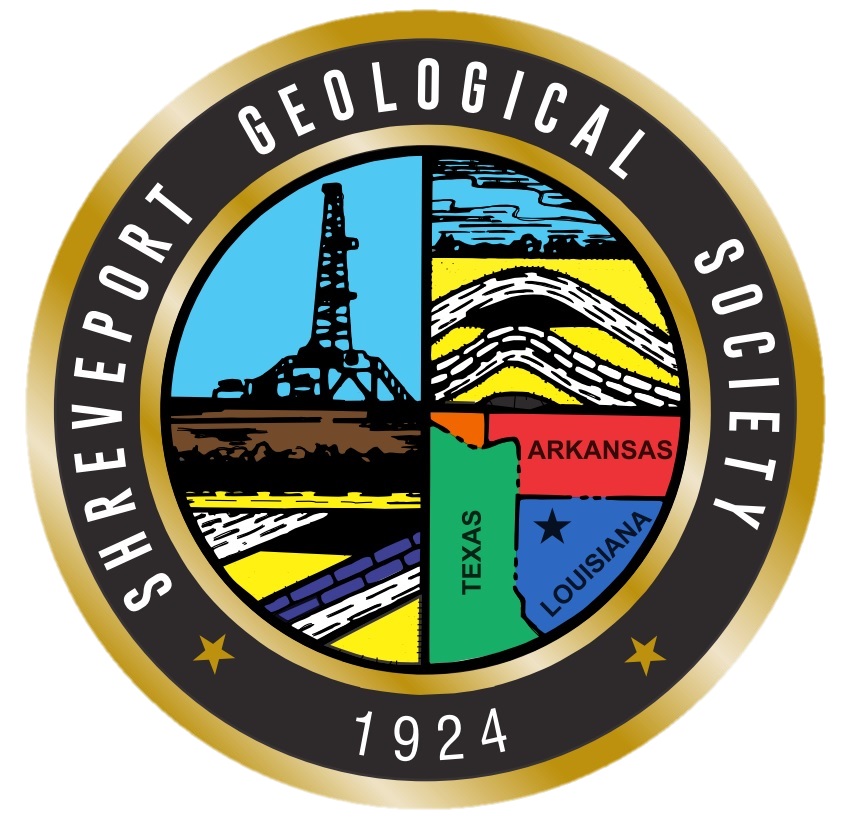The Shreveport Petroleum Club, 15th floor
Cost: $20, Children 10 and under $8
We encourage members to invite guests, spouses, and friends to any of our meetings.
If you’d like a seat, kindly email or call in your reservation by the preceding Friday to John Stroud at jostroud@stroudexploration.com or 318-425-0101.
Biography
Christy Gresham was born in Natchez, Mississippi. She grew up in Sibley, Mississippi surrounded by the country side noted for its sandy creek beds. Summers were usually spent hiking the cliffs and gullies and searching for rocks. Fate wasn’t sealed until her first Geology 105 class at University of Louisiana at Lafayette. Christy has a B.S. in geology (2006) and a M.S. in petroleum geology (2009), both from the University of Louisiana at Lafayette. She currently works for Core Laboratories and has 9 years of petrographic experience in analyzing the fabric, texture, composition, and porosity in U.S. and internationally-located sandstones, shales, and carbonates. ...
Abstract
Most sandstone reservoirs, conventional and unconventional, contain authigenic clays that may be sensitive to various selected injectable fluids. Clays are important contributors in the reduction of permeability in sandstones due to their pore-filling and grain-coating properties. Further reduction in flow capacity can occur if sensitive clays within the reservoir chemically or mechanically interact with improperly-selected injection fluids which may dislodge unstable, clay particles resulting in pore throat blockage. This is known as formation damage due to the fluid/rock interaction within the reservoir.
Petrographic
Paid members of the Shreveport Geological Society can read the speaker's full abstract and biography in the newsletter by logging into the Members Area.








































